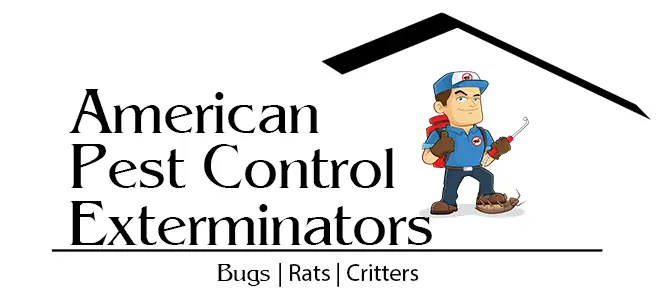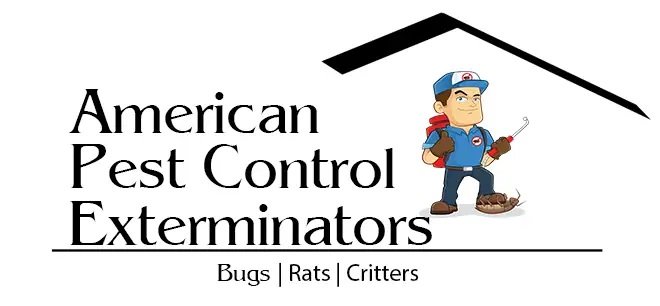
What is the fastest way to get rid of clover mites?
Clover mites are small, white creatures that love to live in warm, damp environments. They can be found anywhere there’s a dense cover of grass or other plants, including homes and businesses. These mites feed on flower nectar and cause damage to crops, flowers, and tree foliage. You may have seen them crawling around on leaves or soil in your yard or garden. Clover mites are a major agricultural pest and can be difficult to eradicate. Fortunately, there are a few things you can do to get rid of them quickly and prevent future infestations. Read on to learn more about the fastest way to get rid of clover mites.
What are clover mites?
Clover mites are small, eight-legged creatures that feed on the leaves of clover plants. They can cause damage to the leaves and flowers, reducing the plant’s ability to photosynthesize. Clover mites are most active during the summer months, but they can be found anywhere there is a clover plant.
There are several ways to get rid of clover mites. One is to use a organic pesticide such as neem oil or pyrethrum powder. Other methods include spraying the plants with water or using an electronic insecticide dispenser. The best way to prevent clover mites from becoming a problem is to keep your garden free of weeds and debris, which will discourages them from establishing themselves in the first place.
How do clover mites get into your lawn?
Clover mites can invade any type of lawn, but they are particularly destructive to turfgrass. They feed on the plant’s fluids, leaving gaps and holes that can turn a lush green lawn into an unsightly tangle of dry grass. To get rid of clover mites, you’ll need to identify their source and take action.
To identify clover mites in your lawn, look for small brown bugs that move quickly and cling to surfaces. Clover mites live in colonies, so you may see dozens or even hundreds of them on one plant. To get rid of them, treat the affected area with an insecticide that has a suffocation or parasitic kill effect.
How to get rid of clover mites
Clover mites are small, six-legged creatures that can cause serious damage to your lawn. If left unchecked, they can spread and devastate your lawn. There are several ways to get rid of clover mites:
1. Use a lawn treatment product. Many pet and garden stores sell products specifically designed to kill clover mites. Be sure to read the label before using any product, as some may be harmful if used on turf grasses.
2. Spray your lawn with a water hose. Pour a gallon of water over your entire lawn and let it run until the water is hot (135 degrees F). Sprinkle granules or liquids made to kill clover mites over the area sprayed by the hose.
3. Vacuum your lawn regularly. Clover mites are attracted to moist areas, so vacuuming frequently will help keep them at bay.
4. Treat damaged areas with a fungicide or herbicide specifically labeled for use on turf grasses. Follow the directions on the product label carefully; toxicity towards other plants may occur if used incorrectly.
5. Use a vacuum cleaner with a hose attachment to suck up the clover mites.
6. Trap clover mites with a glass jar filled with water. Place the jar in a warm, dark place for several days, and then release the mites into the jar.
7. Introduce a predator of clover mites, such as predatory wasps or lacewings.
8. Dig up the entire lawn and treat the soil with a lawn treatment product.
9. Plant a lawn that is resistant to clover mites. Some turf types, such as fescue, are naturally resistant to clover mite damage.
10. Contact a professional for assistance. Many professionals are trained in the use of lawn treatment products and other methods of controlling clover mites.
What happens if you don’t get rid of clover mites?
If you don’t get rid of clover mites, they will spread and damage your plants. Clover mites are small, green creatures that feed on plant sap. They can cause leaves to curl and drop, flowers to droop and turn yellow or brown, and stems to turn brittle.
To get rid of clover mites, you’ll need to do four things:
1. Remove all the clover from around your plants.
2. Apply a registered insecticide to your plants.
3. Cover the plants with plastic wrap or a protective layer of cloth while the pesticide is working.
4. Wait at least 14 days after applying the pesticide before removing the coverings.
Conclusion
Clover mites are a common pest that can quickly damage valuable plants. Fortunately, there are several ways to get rid of clover mites, and each has its own advantages and disadvantages. Some of the most popular methods for getting rid of clover mites include using pesticides, attracting and trapping the pests with bug zappers or sticky traps, or using heat to kill them. It is important to choose the method that is most effective and safe for your particular situation, as not all methods will be effective on every type of plant. With a little bit of research and some practice, you should be able to get rid of clover mites quickly and without any harmful side effects.

